What is crepe diving and how to care for the fabric?
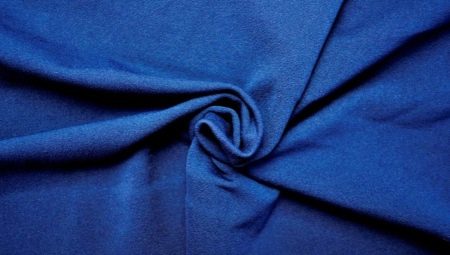
Crepe diving is a modern crepe diving material based on rayon fibers. The fabric is an interesting combination of two other fabrics - crepe and diving. Due to this, it was possible to combine the advantages of these fabrics. In this article, we will look at what crepe diving is and how to properly care for it.
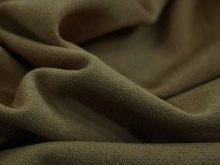
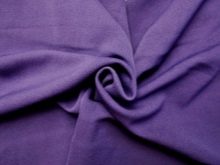
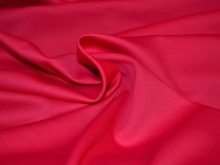
general description
Crepe diving is one of the most popular and demanded materials today. The fabric has a lot of positive qualities, due to which it is used in many large industries.
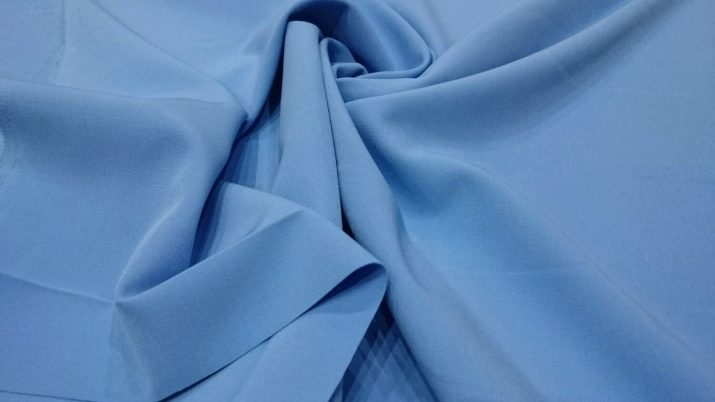
Here are the main performance characteristics of a textile called crepe diving.
-
The material is characterized by average water resistance.
-
The hygroscopicity of crepe diving is within 6-12%.
-
The material is capable of absorbing moisture at an average rate.
-
The level of breathability of the textiles in question is not the highest.
-
Crepe diving has very good vapor permeability.
-
The material shows an average level of electrification.
-
The structure of the material is a diving canvas.
-
Matter is two-faced.
-
In the production of the material in question, strong twisting is involved when spinning the threads.
-
Modern crepe diving is most often done plain dyed.

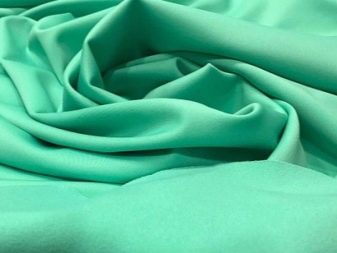
Absolutely all the qualities and characteristics that a modern fabric called crepe diving possesses are established and regulated by GOST 24338-80.
Now let's find out what are the main advantages of popular matter.
-
Crepe diving stretches very well, so clothing made from it is perfect for various sports activities in which active actions / movements are performed.
-
The material is able to absorb excess moisture well. Crepe diving is also breathable, but below average.
-
The considered type of combined textile demonstrates a high level of wear resistance. Crepe diving can retain its original colors for a long time. In addition, things made of this material do not deform over time, do not lose their correct and neat shape.
-
The material has a composition that does not require complex maintenance. High-quality crepe diving does not suffer from simple washing - both machine and hand. The material is not subject to strong creasing, therefore it does not need a thorough ironing.
-
Textiles can be draped very effectively. Crepe diving of a volumetric look looks beautiful. The fabric is often used today in the production of business wear.
-
Crepe diving is used to make very convenient, comfortable and tactilely pleasant wardrobe items.
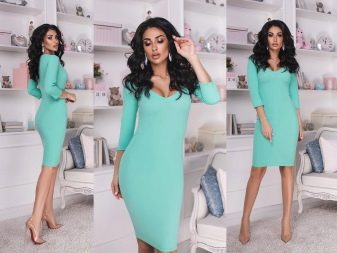
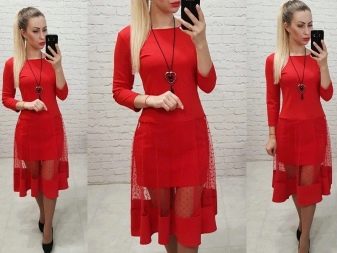
The combined type textiles in question have no serious drawbacks. The only caveat lurking in crepe diving is the presence of synthetic fibers in its composition.

This feature does not have a serious negative effect on the quality of the fabric, but it confuses some buyers.
Views
Popular elastic material is a type of diving textile. In addition to it, other variations of similar textiles are produced. Let's get to know them better.
-
Micro diving. The specified textiles are characterized by lightness. Micro diving is ideal for making quality swimwear as well as casual outfits for the summer season.
-
Diving flock. No less popular and practical high quality material. The diving flock is presented in the form of a thin and highly decorative canvas. The material is complemented by an interesting printed pattern.
-
Diving with fleece. The specified type of material is made quite dense and fleecy on its inner side. The fabric in question is ideal for tailoring for outdoor activities in the winter season.
-
Classical. This fabric is in great demand because it is highly durable and elastic. Usually, the classic fabric is used in the production of high-quality leggings, shaping underwear, and tight-fitting clothing.

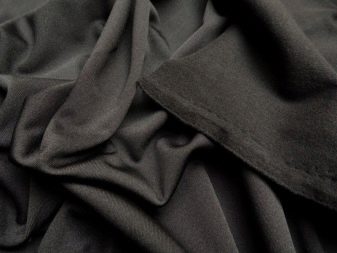
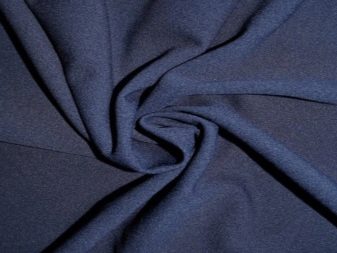
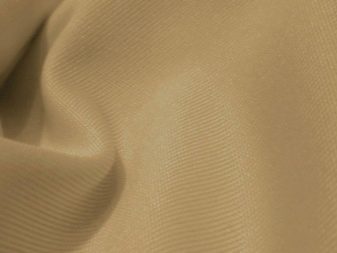
Popular manufacturers
Currently, many large companies produce high-quality combined type of textiles. For example, mass production of this material has been established in Turkey, China, Russia, as well as in South Korea. The original Italian crepe diving is famous for the highest quality and attractive appearance.
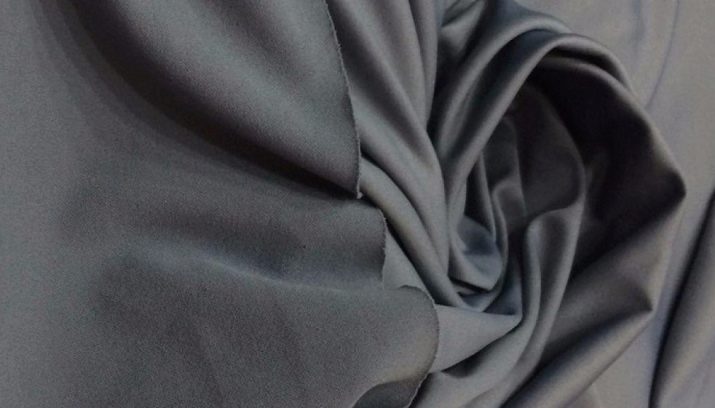
The cost of the considered woven material directly depends on its specific type, degree of density, as well as the country of origin.
Application
Today, high-quality and modern textiles are most often used for the production of practical and comfortable clothing for sports. A variety of models of leotards, shorts and full-fledged tracksuits are sewn from combined textiles.
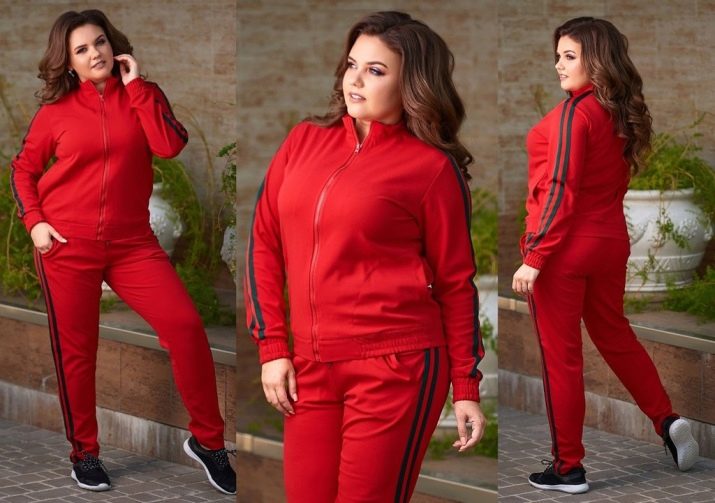
Besides, on sale you can find a lot of high-quality and attractive models of tops, olympics, swimwear. Skirts and dresses adapted for sports dances are of excellent quality.
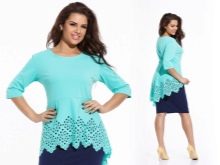
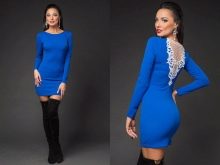

Care
Although the original woven fabric has many advantages, it cannot be left without proper and regular maintenance. Consider the basic care procedures that will be required for things made of combined textiles.
-
This material is good because it can be washed off very easily and quickly even if it is hand-processed. At the same time, it is required to wash products from this fabric in warm water, the temperature of which is no more than 30 degrees Celsius. Machine wash allowed. In this case, it is necessary to set the delicate mode, and turn off the spin beforehand.
- It is very important to choose the right detergent for your crepe diving items. Such compositions and components should have an extremely delicate and gentle effect. It is strongly not recommended to use aggressive means.
- For washing crepe diving clothes, it is recommended to use not classic powders, but special products in the form of gels or liquids. It is not allowed to use bleaching compounds.
- When choosing cleaning agents for crepe diving items, it is strongly recommended not to give preference to chlorine-containing options.
- Clothes made from the material in question must be very thoroughly rinsed out.
- The user should be aware that for wet crepe diving, any active mechanical movement can be detrimental. Combined textiles in their wet state must not be subject to strong friction. In addition, crepe diving is not allowed to twist, squeeze hard, as this entails the destruction of the texture of the material.
- At the end of the wash, the clothes made from the fabric in question must be gently blotted with absorbent material. You do not have to resort to this procedure, but simply allow the remaining moisture to drain naturally.
- Crepe diving needs proper drying. Things from this textiles must be dried in an exclusively natural way. Wet items should be placed in a shaded area. At the same time, any heating devices and radiators should be at an impressive distance from drying products.
- Crepe diving clothes do not need a thorough ironing. The textile in question is not subject to creasing, does not form ugly creases.
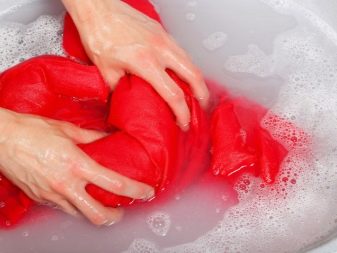
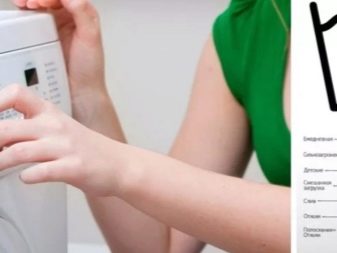
If, during wearing, small folds appear on things, they then easily straighten out on their own.








